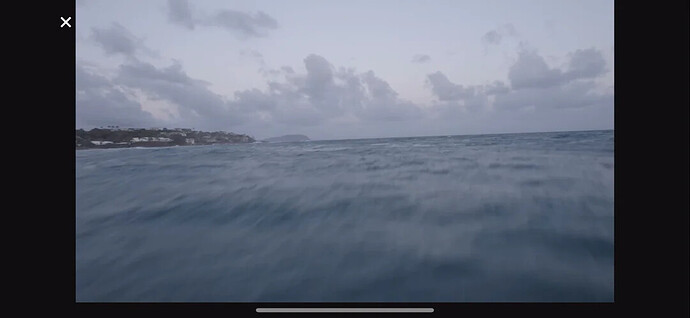Playing devil’s advocate here, I’ve seen this kind of situation across various forums over the years. Ultimately, if the logs indicate you were doing something against the rules or intentionally disabling sensors (like in Sport mode), you might be out of luck.
It’s tough to argue against the logs. If you weren’t monitoring the GPS signal closely, it likely could have dropped out, as the logs suggest. They show precisely when the signal weakens, its strength, and how many satellites were connected. If you acknowledged a signal loss and regained it briefly, that should have ended your flight right there, especially if the area is known for poor GPS connectivity at times. Just because you’ve flown there before doesn’t guarantee it’ll be fine every time. A signal drop in an area that usually supports a strong connection is a significant red flag. If the logs show inconsistencies with your assertion of having a solid 20+ satellite connection, it’ll be your word against theirs, and logs will likely take precedence.
Flying in Sport mode means you took on full responsibility without the benefit of obstacle sensors. This is even more critical when flying over water, where downward vision sensors can be unreliable, even in Normal mode. DJI drones manage altitude using the barometer; proximity to water can lead to pressure drops, causing the drone to think it’s too high and reduce altitude without sensors to correct it. The throttle up command before the impact raises concerns as it suggests you anticipated the crash but were unable to avoid it due to flying in Sport mode.
Considering your battery is about four years old, I often find battery issues are a common cause of crashes. I personally wouldn’t fly with a battery that old unless it had a low cycle count and was meticulously cared for. Most users, unfortunately, don’t understand lithium battery care, and an ‘abused’ battery is a disaster waiting to happen, especially under high-stress conditions like Sport mode flying. It’s hard to determine if this was a factor, but if those batteries were older and not treated well, it could certainly contribute to issues. Some DJI drones allow you to monitor voltage for each battery cell during flight, which is crucial for safety—if any cell drops below around 3.3V, it’s time to bring it back.
DJI defines a battery cycle as 75% charge accumulation (whether in one go or several short charges) and generally recommends replacing batteries around 200 cycles. If your drone had a lot of use over four years, it likely exceeded that count, yet DJI didn’t specify the cycle count in their response.
Given the GPS issues reflected in the logs, along with the fact that flying an older battery goes against DJI’s guidelines, I would recommend accepting the situation and taking their 15% discount. Without knowing the specific drone model, if it dates back to 2021, anything you purchase now would be a significant upgrade. If you regularly fly in risky conditions (like Sport mode over water), consider getting DJI Refresh for the next one. The logs and your own acknowledgment suggest GPS issues were present, and the safest course of action would have been to end the flight at the first sign of instability. I understand that many people don’t follow all best practices flawlessly, but risk is involved when those guidelines aren’t followed, and DJI won’t hesitate to point that out.
I’m sorry this happened; it’s understandably disappointing. However, based on the logs, I believe your case may be weak, but there’s no harm in trying. A 15% discount on a new drone is still a decent offer, especially considering the age and warranty status of your current one.
EDIT: I also noticed from the GPS coordinates that you were flying close to both an airport and a military base. Strong radar signals can interfere with drones and cause them to crash unexpectedly. While it’s not definitive, it’s another possible issue, and radar may not always be active. Flying in Hawaii adds heat and battery care to potential problems, especially with older batteries.
